A half mile long tunnel 30 feet underground in Menlo Park, California, is now colder than most of the universe It houses a new superconducting particle accelerator, which is part of the linac coherent light source (LCLs) X-ray free electron laser upgrade project of the SLAC National Accelerator Laboratory of the U.S. Department of energy (DOE).
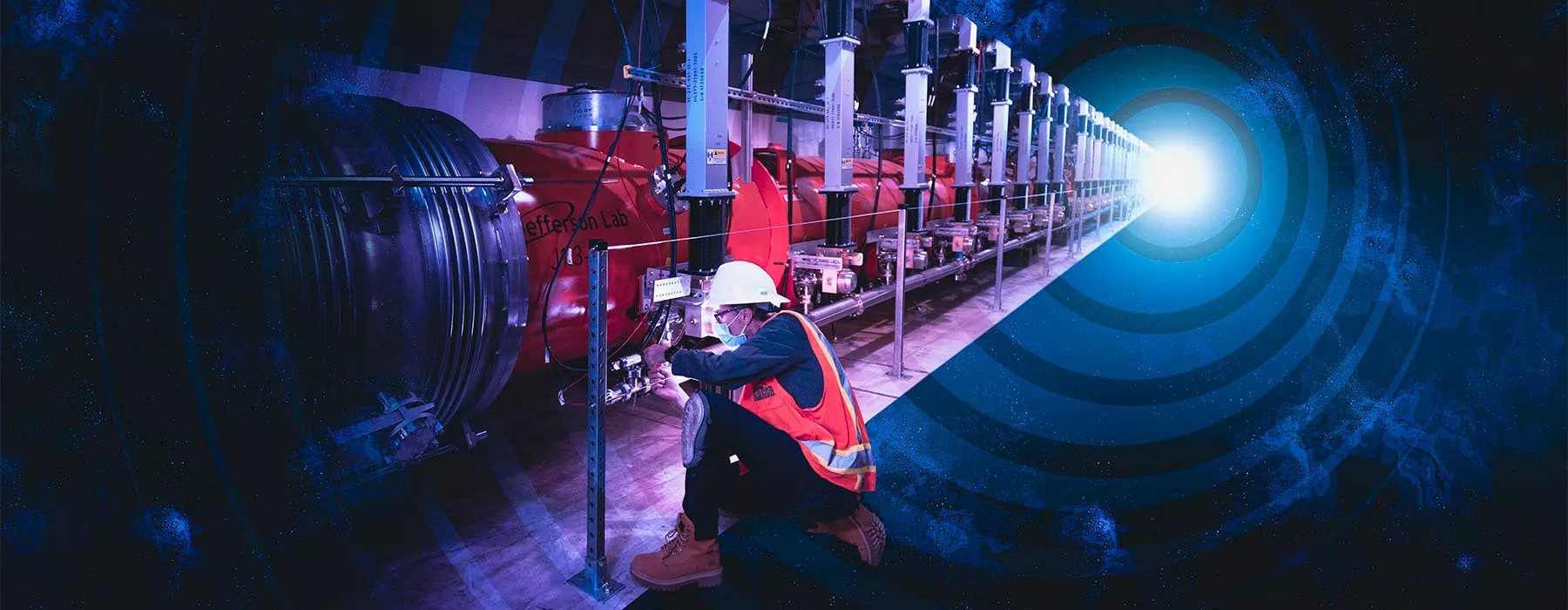
In this process, the accelerator can be cooled to almost zero Kelvin, and the energy loss of the accelerator will be almost zero Kelvin. This is the last milestone before lcls-ii generates X-ray pulses. The average brightness of these X-ray pulses is 10000 times that of LCLs and can reach 1 million times per second - which is the world record of the most powerful X-ray light source today.
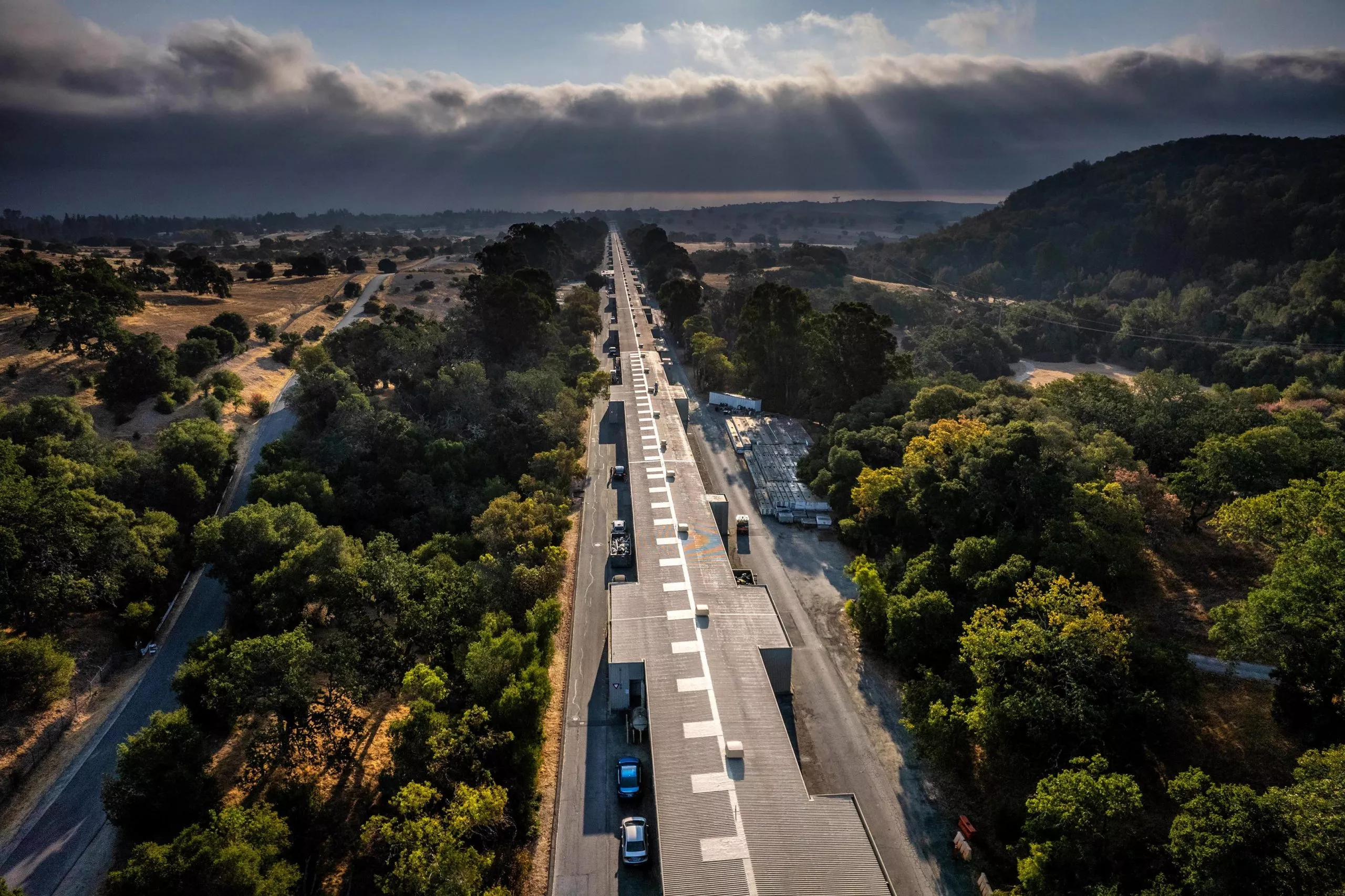
"In just a few hours, lcls-ii will produce more X-ray pulses than current lasers produce throughout their life cycle," said Mike Dunne, director of LCLs, "Data that could have taken months to collect can be generated in minutes. It will take X-ray science to a new level, pave the way for a whole new series of research and promote our ability to develop revolutionary technologies, so as to solve some of the most profound challenges facing our society."
With these advanced new capabilities, scientists can examine the details of complex materials with unprecedented resolution to promote new forms of computing and communication, reveal rare and transient chemical events, so as to teach people how to create more sustainable industrial and clean energy technologies, study how biomolecules perform the functions of life, and develop new drugs By directly measuring the motion of a single atom, we can explore the strange world of quantum mechanics.
A frightening feat
As the first hard X-ray free electron laser (xfel) in the world, LCLs produced its first light in April 2009. The brightness of its X-ray pulse is 1 billion times that of anything before. Since it accelerates electrons through a copper tube at room temperature, this limits its rate to 120 X-ray pulses per second.
In 2013, SLAC launched the lcls-ii upgrade project to increase the rate to one million pulses and increase the power of X-ray lasers thousands of times. In order to achieve this goal, the staff removed part of the old copper accelerator and installed a series of 37 cryogenic accelerator modules, which contained a string of niobium metal cavities like pearls. These modules are surrounded by three nested layers of cooling equipment, each of which reduces the temperature until it reaches almost absolute zero - under which the niobium cavity becomes superconducting.
"Unlike the copper accelerator that powers LCLs, which operates at ambient temperature, the lcls-ii superconducting accelerator operates at 2 kelvins, only about 4 degrees Fahrenheit above absolute zero, which is the lowest possible temperature," said Eric Fauve, director of SLAC's cryogenic department, "In order to reach this temperature, linac is equipped with two world-class helium cryocoolers, making SLAC one of the important low-temperature landmarks in the United States and around the world. Throughout the pandemic, the SLAC low-temperature team worked on site, installed and debugged the low-temperature system and cooled the accelerator in a record time."
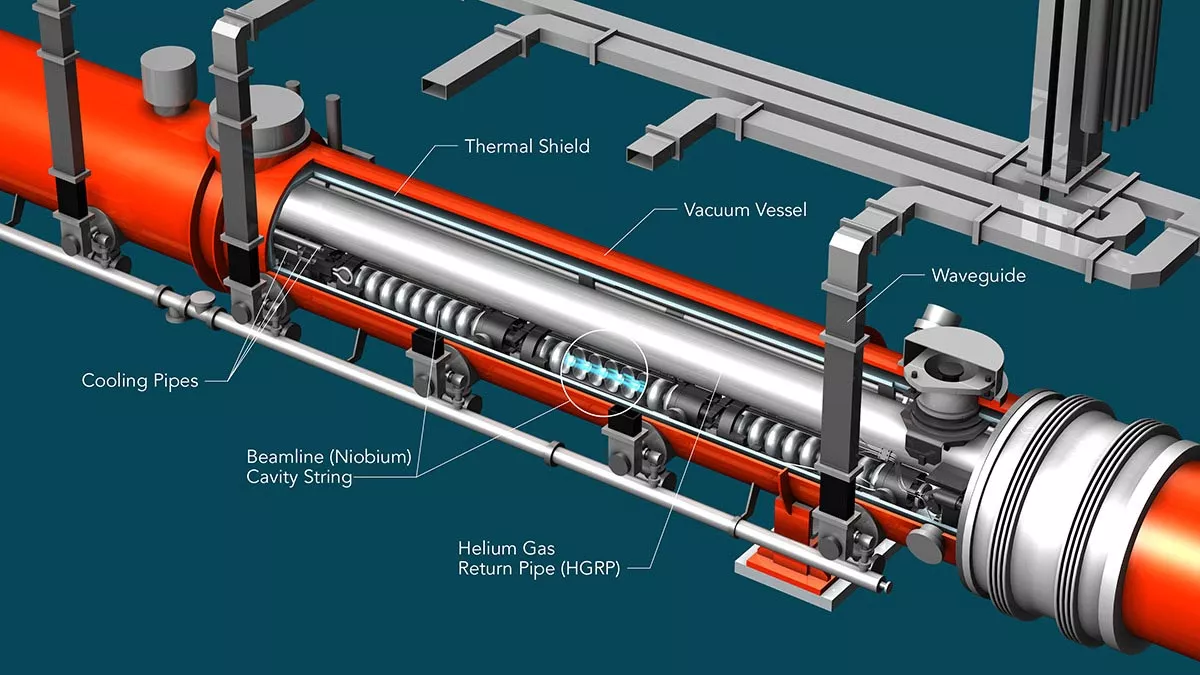
One of the cryocoolers specially built for lcls-ii cools helium from room temperature to a liquid above absolute zero and provides coolant for the accelerator.
On April 15, the new accelerator reached the final temperature of 2K for the first time. Today (May 10), the accelerator is ready for initial operation.
"Cooling is a key process and must be carried out very carefully to avoid damage to the cryogenic module," said Andrew Burrill, director of SLAC accelerator. "We are very excited that we have reached this milestone and can now focus on turning on the X-ray laser."
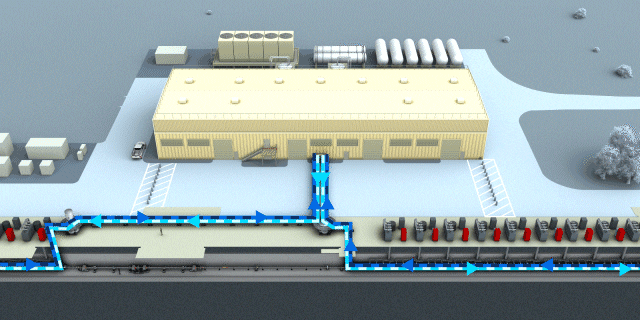
Give it life
In addition to a new accelerator and a cryostat, the project also requires other cutting-edge components - including a new electron source and two strings of new undulator magnets, which can produce "hard" X-rays and "soft" X-rays. Among them, the energy of hard X-rays is greater, which enables researchers to image materials and biological systems at the atomic level. Soft X-rays can capture how energy flows between atoms and molecules, track chemical interactions, and provide insights into new energy technologies. In order to achieve this project, SLAC cooperated with four other national laboratories - Argonne laboratory, Berkeley Laboratory, Fermilab and Jefferson laboratory - and Cornell University.
Jefferson laboratories, Fermilab and SLAC have pooled their expertise to research and develop cryogenic modules. After the construction of the cryogenic tanks, Fermilab and Jefferson laboratory conducted extensive tests on each cryogenic tank, and then the containers were packaged by truck and transported to SLAC. The Jefferson lab team also designed and helped procure the components of the cryocooler.
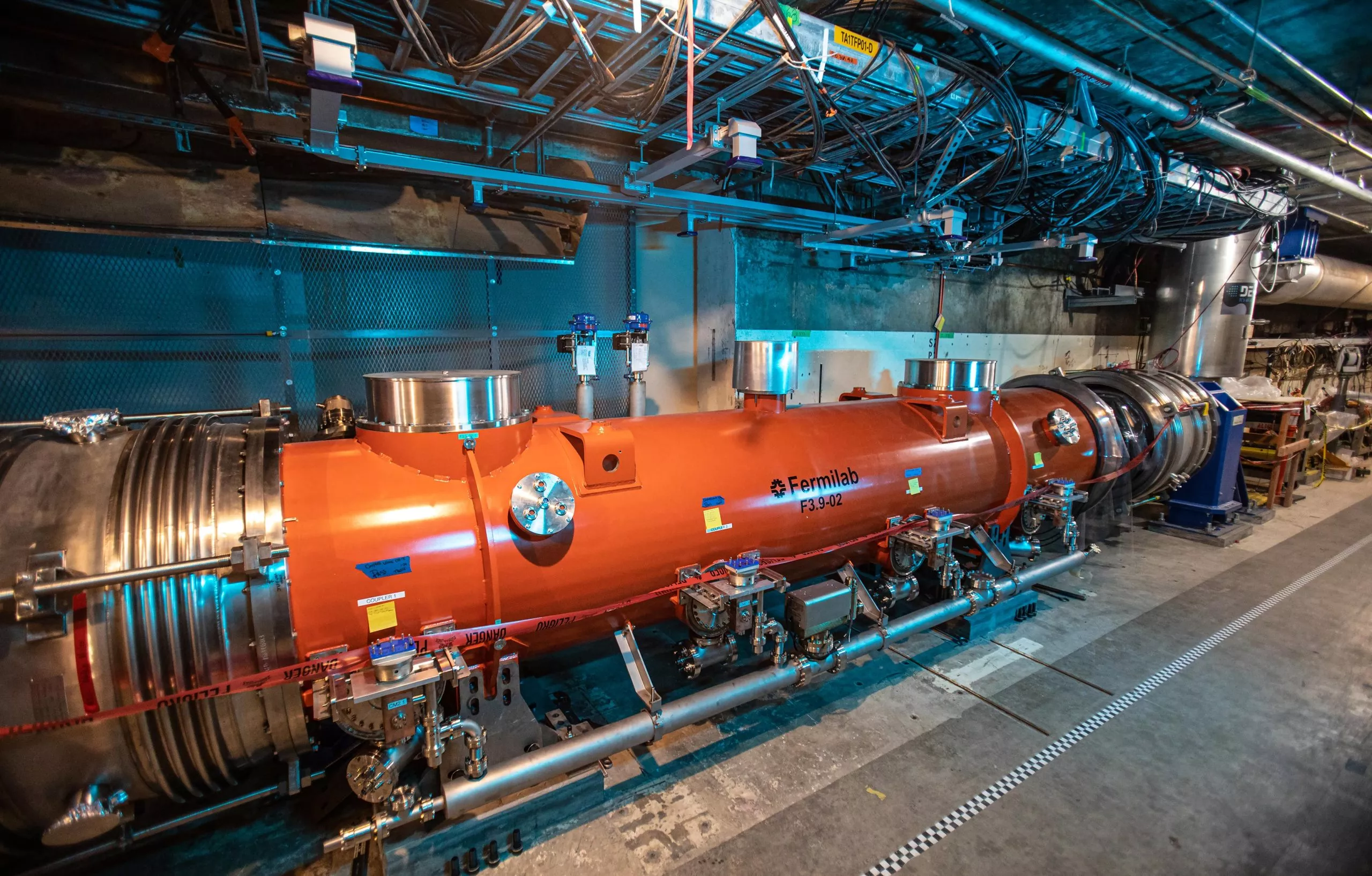
"The lcls-ii project requires a large team of technicians, engineers and scientists from five different DOE laboratories across the United States and the efforts of many colleagues from around the world," said Norbert holtkamp, deputy director of SLAC and director of the lcls-ii project. "Without these ongoing partnerships and the expertise and commitment of our partners, we could not have achieved what we have achieved."
Towards the first X-ray
Now that the cavity has been cooled, the next step is to pump it with more than one megawatt of microwave power to accelerate the electron beam from the new source. Electrons passing through the cavity will get energy from the microwave, so when they pass through all 37 cryogenic modules, their speed will be close to the speed of light. They will then be guided through the undulator, forcing the electron beam to follow a herringbone path. If everything is arranged properly - within a small part of the width of human hair - then electrons will emit the world's most powerful X-ray burst.
This is the same process that LCLs uses to generate x-rays. However, because lcls-ii uses a superconducting cavity rather than a 60 year old warm copper cavity, it can provide up to one million pulses per second, 10000 times the number of X-ray pulses of the same power.
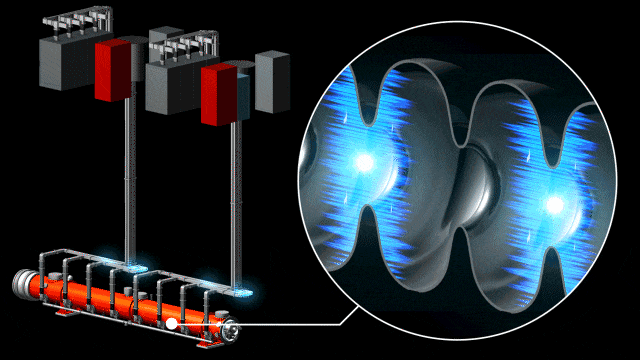
Once the lcls-ii produces its first X-rays, which are expected to occur later this year, the two x-ray lasers will work in parallel, which will enable researchers to conduct experiments in a wider energy range, capture detailed snapshots of ultrafast processes, detect fragile samples, collect more data in a shorter time and increase the number of experiments that can be carried out. It will greatly expand the scientific scope of the facility, enabling scientists from across the United States and around the world to pursue the most compelling research ideas.